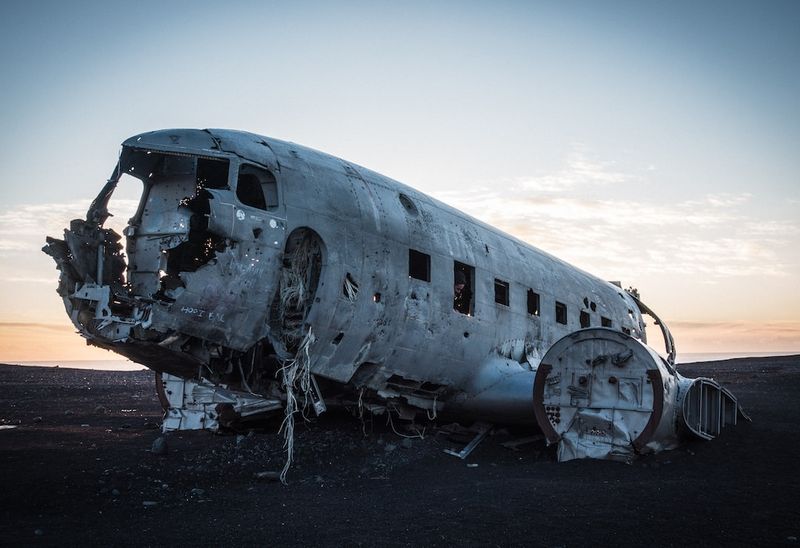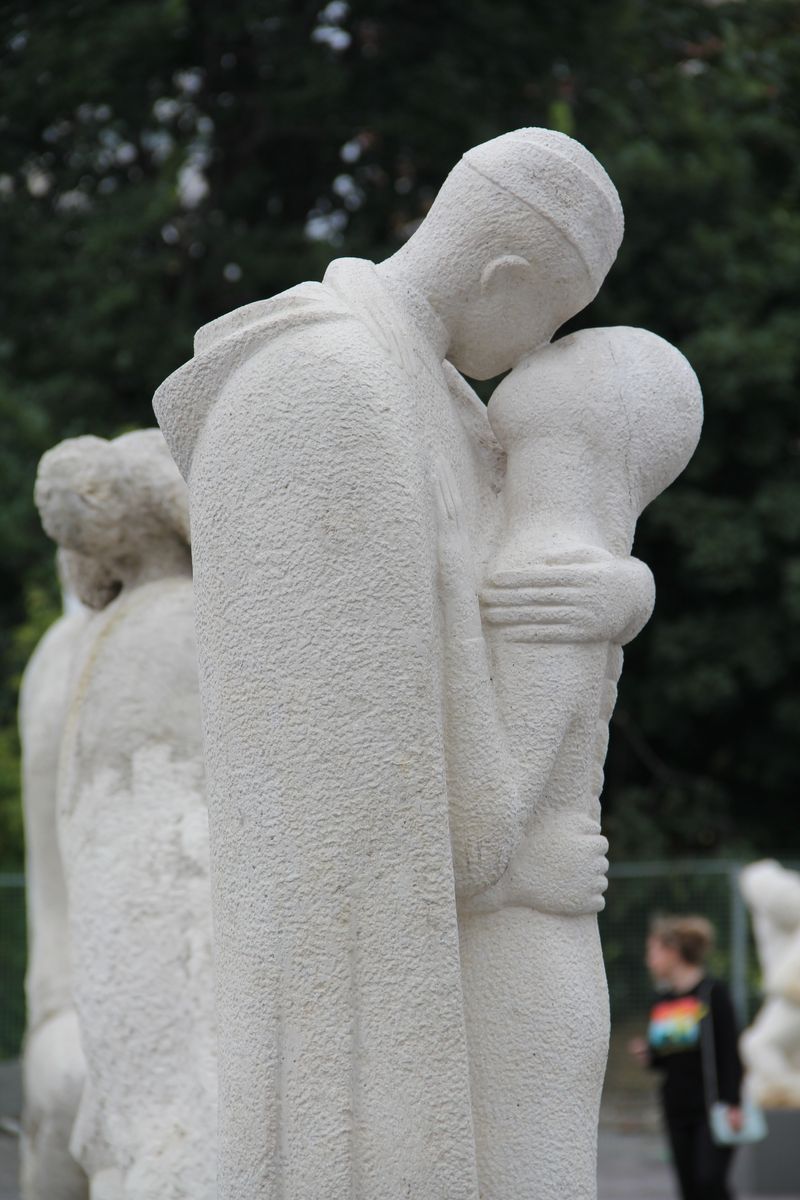Mysteries Surrounding the Tragic Plane Crash Involving Gérard Leclerc
Identifying the Victims
The three individuals aboard the private plane piloted by journalist Gérard Leclerc, which crashed on Tuesday in Lavau-sur-Loire, France, have been identified, according to the public prosecutor’s office in Saint-Nazaire. Two bodies and “a fragment of a body corresponding to a third person of indeterminate gender” were recovered, the prosecutor’s office stated. The search, interrupted during the night and resumed in the afternoon, led to the discovery of “the body of a man with personal effects bearing the name of Gérard Leclerc” and that of a woman, according to the same source. The families have been or will be interviewed, the prosecutor’s office added in a statement, without disclosing the identities of the three individuals. The bodies of the man and the woman found on Wednesday “each exhibit severe polytrauma, multiple fractures, and injuries incompatible with any chance of survival,” the prosecutor’s office further stated.
Possible Causes and Investigation
The crash occurred in a marshy area with high reeds in the Loire estuary, where debris from the plane had been found on Tuesday evening. Members of the Bureau of Enquiry and Analysis for Civil Aviation Safety, conducting a technical investigation parallel to the judicial investigations, were present at the scene, as reported by an Agence France-Presse journalist. “At this stage of the investigation, the hypothesis of human factors or mechanical issues is being considered,” the prosecutor’s office in Saint-Nazaire affirmed on Wednesday.
The Flight and Communication Breakdown
The Robin DR400 aircraft took off from Loudun aerodrome in the Vienne department on Tuesday at 11:07 am, heading for La Baule in the Loire-Atlantique department, where Gérard Leclerc was expected to attend a concert by his half-brother, Julien Clerc, on Thursday. At 11:37 am, the pilot called the Nantes airport control tower to announce that he was entering the Saint-Nazaire airspace and did not give any further communication. “He did not issue any distress signal. Available flight data allows us to track the flight path until 11:42 am when it disappeared from radar. It was then located near Lavau-sur-Loire,” according to the prosecutor’s office.
Editorial: Reflecting on Tragic Air Disasters
The aviation industry serves as a testament to humanity’s ambition and technological prowess, allowing individuals to traverse vast distances with a mere flick of a switch. However, when tragedy strikes and lives are lost, we are reminded of the fragility of our existence and the potential risks involved. Airplane crashes, such as the recent incident involving Gérard Leclerc, serve as somber reminders of the inherent dangers associated with air travel.
While advancements in aviation technology and safety measures have reduced the occurrence of accidents and improved overall passenger safety, tragedies still occur, reminding us that we are not infallible. Each incident must be thoroughly investigated to uncover factors that may have contributed to the crash, be they human, mechanical, or a combination of both.
As the investigation into the crash involving Gérard Leclerc unfolds, it is essential to approach the situation with sensitivity and respect for the victims and their families. It is crucial that the investigative bodies work diligently to determine the cause of the accident and take appropriate measures to prevent similar incidents in the future.
Advice for Aviation Safety
Continuous Improvement and Collaboration
The tragedy involving Gérard Leclerc’s plane underscores the need for continuous improvement in aviation safety. Authorities, regulatory bodies, and aviation professionals must collaborate to identify and implement effective measures to minimize risks. This includes the ongoing evaluation of existing safety protocols, the adoption of advanced technologies, and the consistent training and education of pilots and maintenance personnel.
Strict Adherence to Safety Regulations
Stringent adherence to safety regulations is paramount to preventing accidents. Regulatory bodies must enforce and regularly update safety standards, with a particular emphasis on issues identified through accident investigation reports. Aviation companies and operators must commit to implementing and maintaining these regulations as an integral part of their operations. Additionally, all individuals involved in aviation, from pilots to ground crew, must remain vigilant and consistently prioritize safety in their decision-making.
Promoting Safety Culture
A strong safety culture is crucial to prevent accidents and protect lives. This culture needs to permeate all echelons of the aviation industry, from leadership and management to frontline workers. Encouraging an open environment where reporting incidents and near-misses is encouraged without fear of retribution is essential. Additionally, fostering a continuous learning mindset among aviation professionals, which includes debriefing and sharing lessons learned from accidents, can contribute to the overall safety of the industry.
Although aviation accidents can be devastating, the lessons learned from each incident can shape a safer future for air travel. By embracing a proactive approach and ensuring collaboration, vigilance, and a strong safety culture, the aviation industry can continue to make strides in minimizing risks and ensuring the well-being of all passengers and crew.

<< photo by Hao Zhang >>
The image is for illustrative purposes only and does not depict the actual situation.
You might want to read !
- “Un camion transportant l’équipement du groupe Metallica vers leur prochaine tournée canadienne disparaît mystérieusement”
- Plusieurs incendies font des ravages à Hawaï, causant la mort d’au moins 36 personnes
- Tragédie enflammée : Les incendies dévastateurs à Hawaï font 36 victimes
- Exploration éditoriale: Un guide complet sur le solstice d’été 2023
- Former Linus Tech Tips Staffer Denounces Toxic Work Environment and Pervasive Mistreatment
- The Linus Tech Tips Controversy: Investigating the Fallout and Fan Reactions in Detail
- Michael Oher’s revelation challenges the truth behind “The Blind Side”




